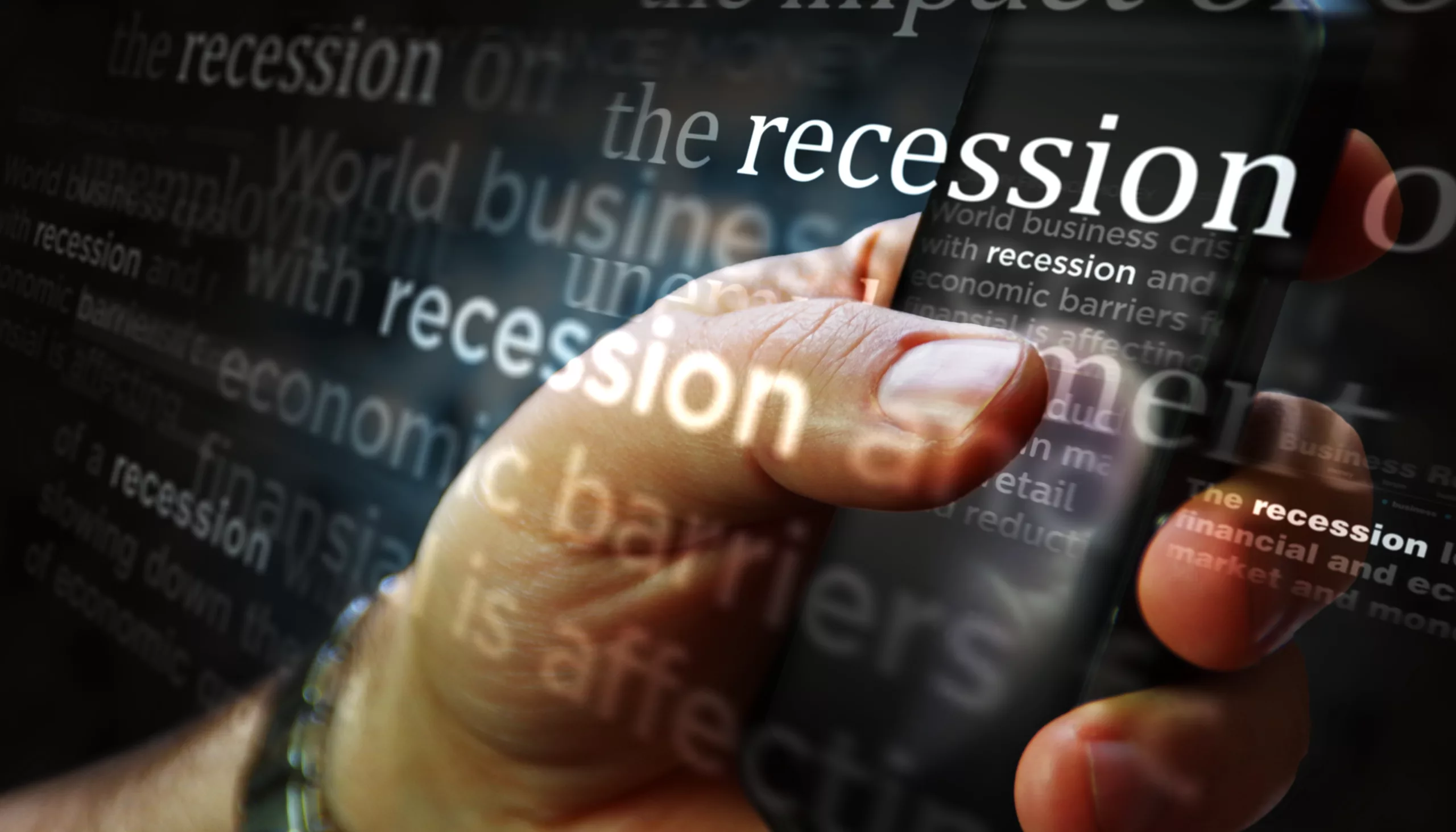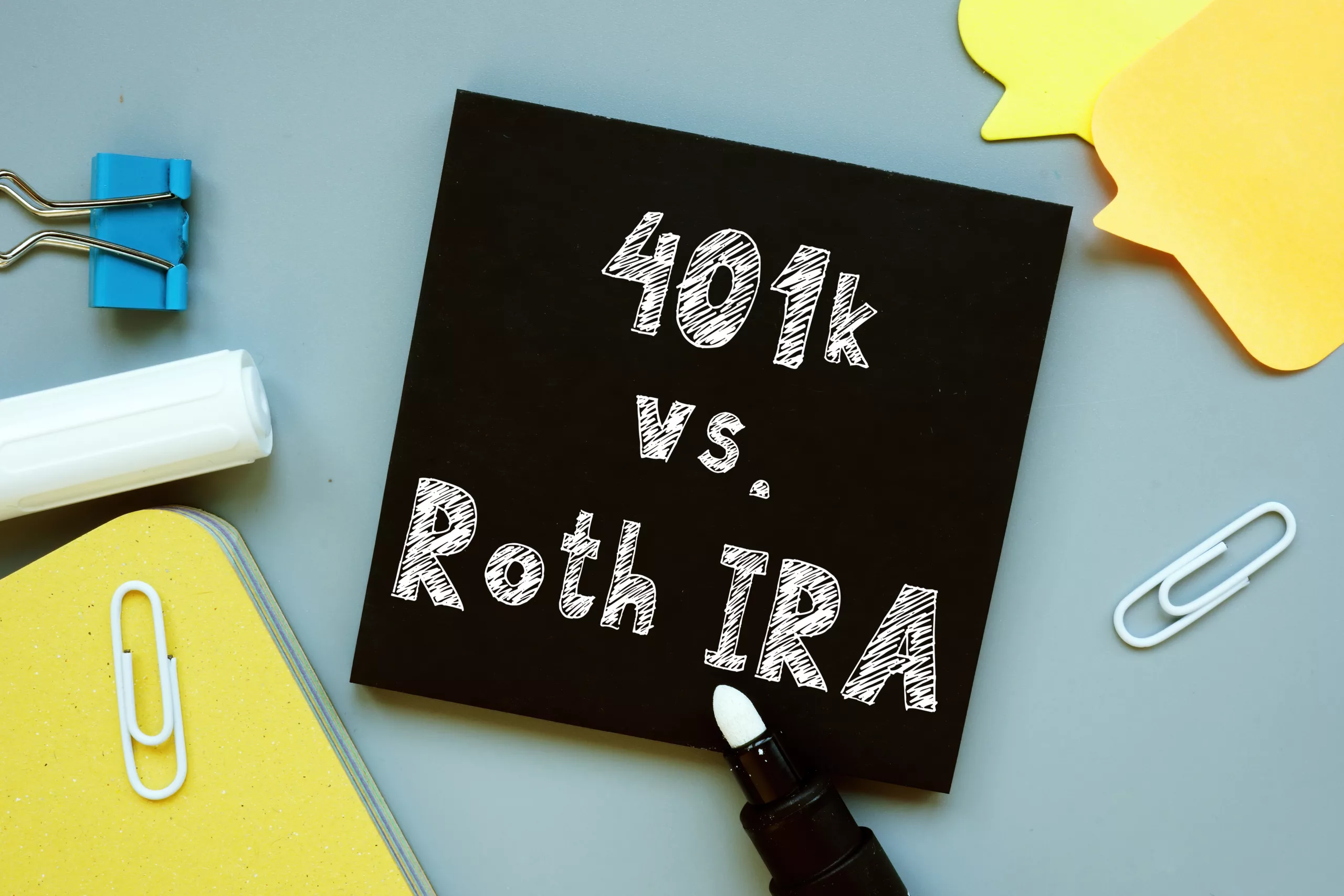Student Loan Forgiveness Applications Are Now Open
Fall has arrived. A time where plaid shirts, pumpkin pie, and horror films reign supreme. It could also be a time where millions of Americans who have student loan debt find some well-needed relief.
Last Friday on October 14th, the Biden administration just made the application for the beta version of the Public Service Loan Forgiveness Program available. This will allow people to sign up before the website is officially unveiled later in the month.
Once people apply for the loan forgiveness, they will get an email that affirms they applied; however, their application will not be looked over until later in the month. After that point, if you qualify for loan forgiveness the debt relief should take effect within a couple of weeks.
The Biden administration says they hope to begin debt relief before January of 2023 when student loan payments will begin again after being frozen due to COVID.
Who Can Qualify for Student Loan Forgiveness?
The PSLFP is only available for people who took federal student loans, not private student loans. It also will only help people who have outstanding student loan debt, so this forgiveness will not help people who have already paid off their debt, and it will not help people who are about to get student loans for college.
Another important note is that this will offer $10,000 loan forgiveness to people who made less than $125,000 and married couples and heads of households who made more than $250,000 in either 2020 or 2021. It will also offer $20,000 forgiveness for people who fall under that income criteria and were Pell Grant Recipients.
How Many People Will Student Loan Forgiveness Help?
This should help tens of millions of people. According to calculations, there are over 43 million Americans with student debt according to the Department of Education. This program could eliminate student debt for 20 million people.
Will Student Loan Relief Definitely Happen?
Unfortunately, the Department of Education is facing several lawsuits that are challenging the legality of such a landmark forgiveness program. There is a possibility that the U.S. district judge could rule in favor of the six Republican-led states that are against the relief. Another thing to know is that if the plan is passed, seven states will tax people on their loan forgiveness. This means if people in those states have $10,000 forgiven, they could owe an additional $500 in taxes. If they are forgiven $20,000, they could owe up to $1,000.
Hopefully, everything will run smoothly, and the executive branch will be able to make this incredibly helpful relief a real thing without approval from Congress.







